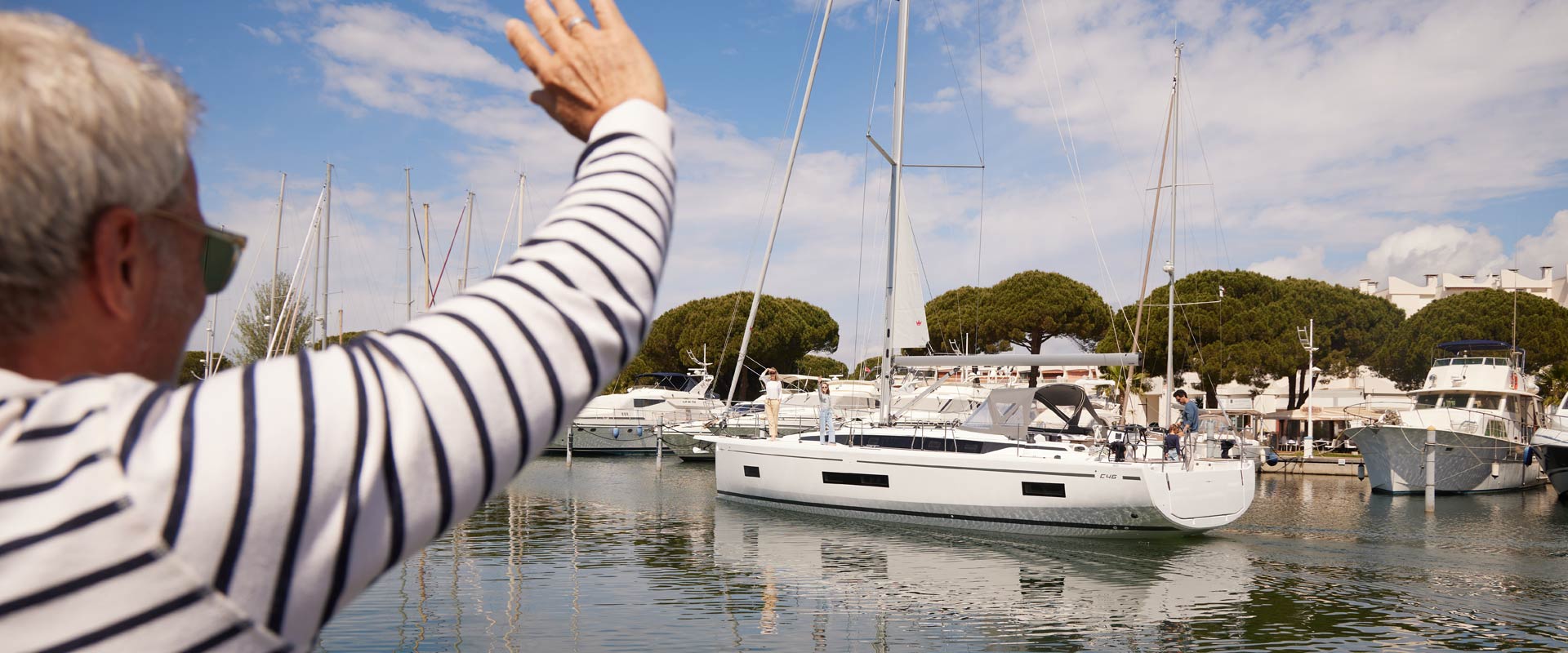
CONTACT US
CLOSEPitter Gesellschaft m.b.H.
Raimund-Obendrauf-Straße 30
8230 Hartberg, Österreich
Office Hours:
Monday till Friday: 8 am - 6 pm
Booking Office Austria: +43 3332 66240
E-mail address: Pitter Yachtcharter
Toll free (from Germany): 0800 182 1868
Toll free (from Switzerland): 0800 564 120
Toll free (from Italy): 800 172 693
For specific kind of requests, please choose form from links below: